Collection |
Collections
Filters
-
Collection Type
-
-
Collection |
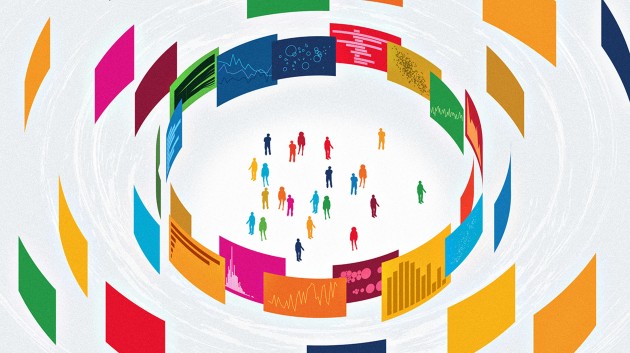 Progress towards the Sustainable Development Goals
Progress towards the Sustainable Development Goals
The year 2023 marks the mid-point of the 15-year period envisaged to achieve the Sustainable Development Goals, targets for global development adopted in September 2015 by all United Nations Member States.
Image: © Springer NatureOpen for submissions -
Collection |
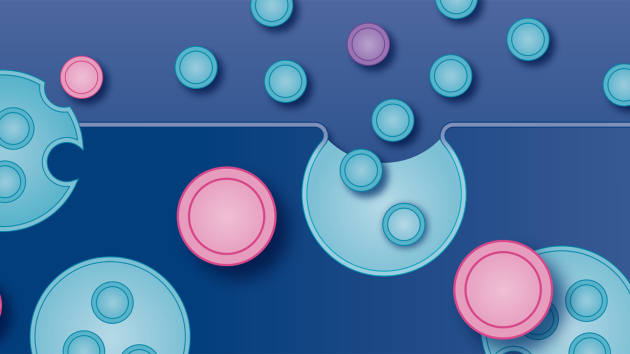 Extracellular vesicles
Extracellular vesicles
Selected, recent articles from across the Nature Portfolio that document the recent progress in understanding the biology of EV-mediated cell–cell communication and advances in clinical translation of EVs.
Image: Vicky Summersby -
Collection |
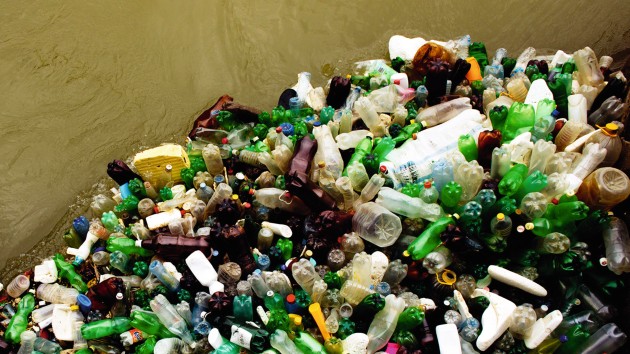 Plastics in the environment
Plastics in the environment
Plastic is ubiquitous in our lives and the environment.
Image: Lasha Tsertsvadze / EyeEm/ Getty Images -
Collection |
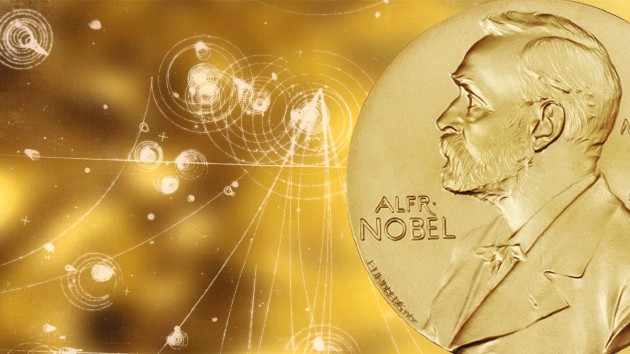 Nobel Prize in Physics 2022
Nobel Prize in Physics 2022
The Nobel Prize in Physics 2022 has been awarded to Alain Aspect, John F. Clauser and Anton Zeilinger “for experiments with entangled photons, establishing the violation of Bell inequalities and pioneering quantum information science”.
Image: Springer Nature/The Nobel Foundation/Imagesource -
Collection |
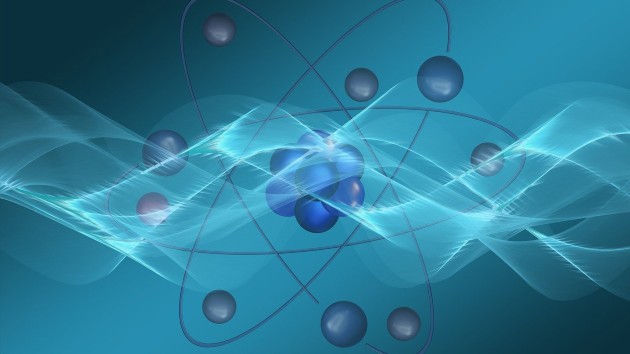 Sensing at the limit
Sensing at the limit
In this collection we highlight the latest progress in our ability to sense and image the world around us.
-
Collection |
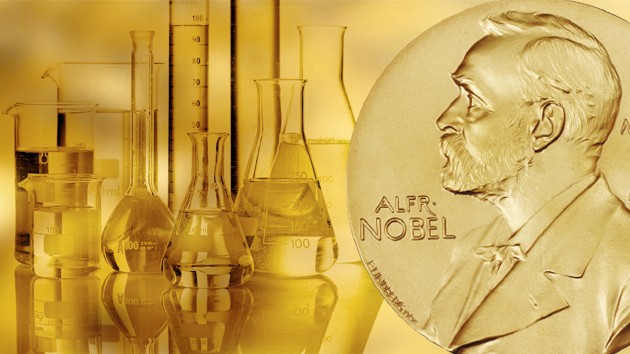 Nobel Prize in Chemistry 2020
Nobel Prize in Chemistry 2020
The 2020 Nobel Prize in Chemistry has been awarded to Emmanuelle Charpentier and Jennifer Doudna for their pioneering work in gene-editing.
Image: Springer Nature/The Nobel Foundation/Imagesource -
Collection |
40 years of the quantum Hall effect
The discovery of the quantum Hall effect in 1980 marked a turning point in condensed matter physics.
Image: Image courtesy of Vidya Madhavan, Illinois University -
Collection |
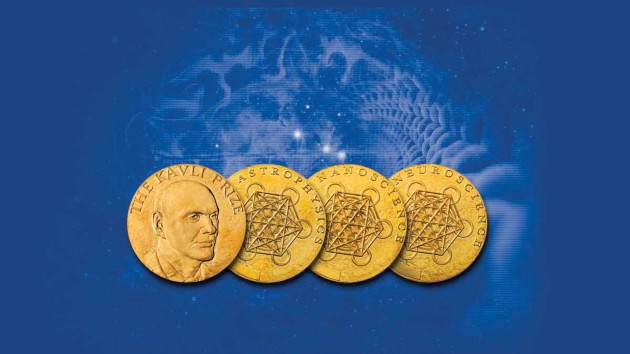 The Kavli Prize 2020
The Kavli Prize 2020
The Kavli Prize is awarded by a partnership between the Norwegian Academy of Sciences, the Norwegian Ministry of Education and Research and the Kavli Foundation.
-
Collection |
 Nobel Prize in Chemistry 2019
Nobel Prize in Chemistry 2019
The 2019 Nobel Prize in Chemistry has been awarded to John Goodenough, M. Stanley Whittingham and Akira Yoshino for the development of lithium-ion batteries.
Image: Springer Nature/The Nobel Foundation/Imagesource -
Collection |
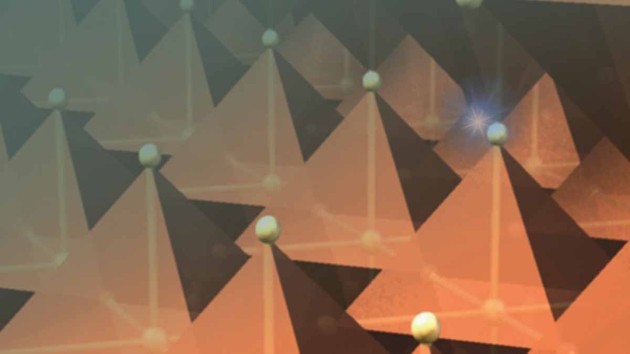 Perovskites for Optoelectronics
Perovskites for Optoelectronics
Perovskite materials have become very promising candidates for a new generation of potentially printable and efficient optoelectronic devices. Photovoltaic devices based on hybrid perovskites now achieve more than 20% photoconversion efficiency, and applications in solid-state lighting, photodetection and lasing are soaring. Their optoelectronic and photophysical properties are under intense scrutiny. This web-collection brings together a selection of multi-disciplinary research and comments published in the Nature journals that explores the basic properties of halide-based perovskite materials and their potential for application in optoelectronics, from solar cells to lasers. It serves to illustrate the road to easily processable and efficient devices by presenting both historical milestones and the crucial landmark studies published in the last 12 months in the Nature journals.
-
Collection |
 Bioelectronic interfaces
Bioelectronic interfaces
In health and biomedical applications, electronic technologies allow monitoring, sensing and extracting physiological data as well as correcting or supporting tissue function through electrical stimuli. This collection highlights the recent developments in materials science, electronics and biology of bioelectronic devices.
Image: Andriy Popov / Alamy Stock Photo

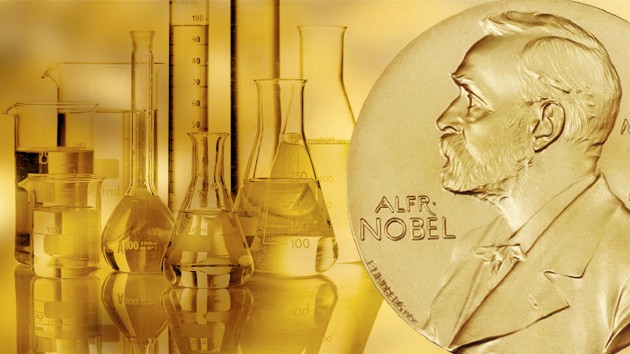 Nobel Prize in Chemistry 2023
Nobel Prize in Chemistry 2023